Home>Home Appliances>Home Automation Appliances>How To Make Alexa Recognize My Voice
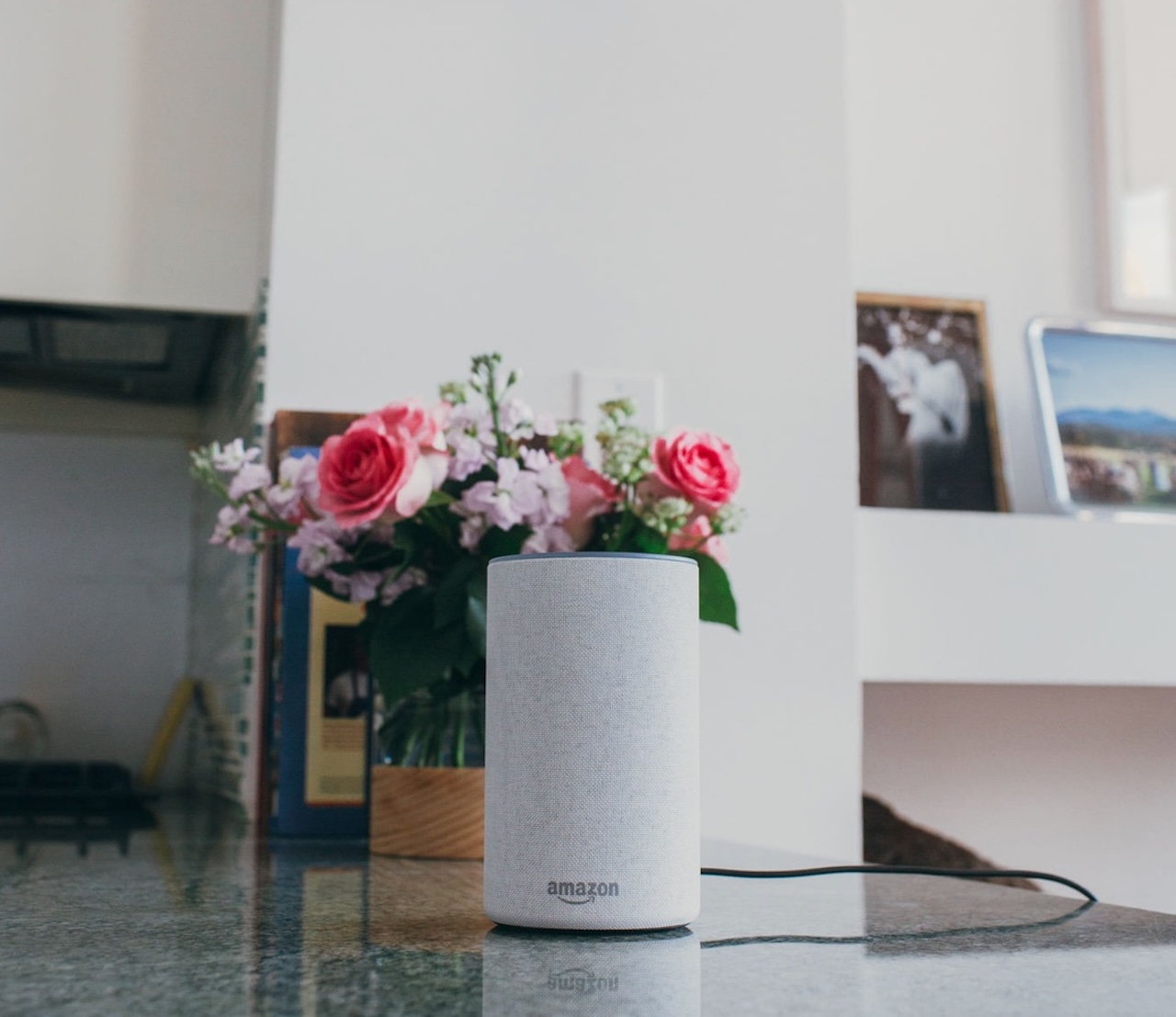

Home Automation Appliances
How To Make Alexa Recognize My Voice
Published: January 5, 2024
Learn how to set up your home automation appliances to make Alexa recognize your voice easily. Improve your smart home experience with personalized voice recognition.
(Many of the links in this article redirect to a specific reviewed product. Your purchase of these products through affiliate links helps to generate commission for Storables.com, at no extra cost. Learn more)
Introduction
Welcome to the era of personalized smart home experiences! With the advancement of technology, our interactions with devices have become more intuitive and tailored to our individual needs. One of the most exciting developments in this realm is the ability to train voice assistants like Alexa to recognize and respond to our unique voices. This feature not only enhances security and privacy but also ensures a seamless and personalized experience for every member of your household.
In this comprehensive guide, we will delve into the intricacies of voice recognition technology and provide you with practical steps to set up and optimize voice profiles on your Alexa-enabled devices. Whether you're a tech enthusiast looking to harness the full potential of your smart home ecosystem or a casual user seeking a more personalized interaction with your voice assistant, this article has you covered.
So, let's embark on this enlightening journey into the world of voice profiles and discover how to make Alexa recognize your voice with precision and accuracy. By the end of this guide, you'll be equipped with the knowledge and skills to seamlessly integrate voice recognition into your daily interactions with Alexa, unlocking a whole new level of convenience and personalization.
Key Takeaways:
- Personalized Voice Profiles
Create a unique voice profile for Alexa to recognize your voice, enhancing security and tailoring responses. Train Alexa by speaking naturally and providing feedback for a seamless, personalized experience. - Troubleshooting Voice Recognition
Optimize Alexa’s performance by considering environmental factors, vocal calibration, device placement, software updates, and resetting voice profiles. Patience and persistence are key in overcoming voice recognition challenges.
Read more: How To Change Voice On Alexa
Understanding Voice Profiles
Before delving into the nitty-gritty of setting up voice profiles for Alexa, it’s essential to grasp the concept of voice recognition and its significance in the realm of smart home automation. Voice profiles enable Alexa to distinguish between different users based on their unique vocal patterns, thereby customizing the responses and content based on individual preferences.
When a user sets up a voice profile, Alexa utilizes advanced machine learning algorithms to create a unique voice model for that individual. This model captures distinctive characteristics of the user’s speech, such as pitch, tone, and pronunciation, to build a personalized voice profile. As a result, Alexa can identify who is issuing a command or making a request, allowing for tailored responses, personalized content recommendations, and individualized settings for each user.
Moreover, voice profiles enhance the security and privacy of interactions with Alexa-enabled devices. By accurately recognizing authorized users, voice profiles prevent unauthorized access to sensitive information and ensure that only authorized individuals can perform certain actions, such as making purchases or accessing personal calendars.
Furthermore, voice profiles contribute to a seamless and intuitive user experience within multi-user households. Whether it’s playing personalized music playlists, providing individualized daily briefings, or accessing personalized skills and preferences, voice profiles enable Alexa to cater to the specific needs and preferences of each user, creating a truly personalized smart home environment.
Understanding the underlying technology and benefits of voice profiles lays the foundation for harnessing the full potential of personalized interactions with Alexa. With this knowledge in mind, let’s proceed to the practical steps of setting up and optimizing voice profiles to make Alexa recognize your voice with precision and accuracy.
Setting Up a Voice Profile
Setting up a voice profile for Alexa is a straightforward process that involves creating a unique vocal model for individual users. This ensures that Alexa can accurately identify and respond to each user’s voice commands and requests. To initiate the setup, follow these simple steps:
- Accessing Voice Profile Settings: Open the Alexa app on your mobile device or access the Alexa web portal. Navigate to the settings menu and select the option for adding a new voice profile.
- Creating a New Voice Profile: Choose the “Add a New Profile” option and follow the on-screen prompts to begin the voice profile creation process.
- Reading Aloud: Alexa will request that you read aloud a series of phrases to help build a personalized voice model. Ensure that you are in a quiet environment and speak naturally during this process.
- Completing the Setup: Once you have finished reading the provided phrases, Alexa will analyze and create a unique voice model for your profile, associating it with your account.
It’s important to note that each user within a household can create their own voice profile using the same Alexa device, allowing for seamless and personalized interactions for all users. Additionally, voice profiles can be managed and customized to suit individual preferences, ensuring that each user’s experience with Alexa is tailored to their specific needs.
By setting up voice profiles, you pave the way for a more personalized and secure interaction with Alexa, enabling the voice assistant to recognize and respond to your voice with a high degree of accuracy. Now that you have established your voice profile, the next step is to train Alexa to recognize your voice patterns and fine-tune the experience to align with your preferences and usage habits.
To make Alexa recognize your voice, go to the Alexa app, select “Settings,” then “Your Voice.” Follow the prompts to create a voice profile by reading out loud 10 phrases. This will help Alexa better understand and respond to your voice.
Training Alexa to Recognize Your Voice
Once you’ve set up your voice profile, the next crucial step is to train Alexa to recognize and adapt to your unique vocal patterns. Training Alexa enhances the accuracy of voice recognition and ensures that the voice assistant can seamlessly identify and respond to your commands and requests. Here’s a comprehensive guide to training Alexa to recognize your voice:
- Vocal Variation: Speak naturally and vary your vocal patterns during interactions with Alexa. This includes enunciating words clearly, altering your pitch, and maintaining a natural cadence to help Alexa capture the nuances of your speech.
- Regular Interactions: Engage with Alexa regularly, issuing commands, asking questions, and making requests. Consistent interactions allow Alexa to adapt to your voice over time, refining its recognition capabilities based on your ongoing usage.
- Feedback and Corrections: If Alexa misunderstands a command or request, provide clear feedback and corrections. This helps Alexa learn from its mistakes and improve its ability to understand and respond to your voice accurately.
- Customized Skills and Preferences: Take advantage of Alexa’s ability to customize skills and preferences based on your voice profile. This includes setting up personalized music playlists, tailored news briefings, and individualized smart home controls to align with your specific preferences.
By actively training Alexa to recognize your voice, you contribute to the refinement of its voice recognition capabilities, ensuring a more personalized and accurate interaction with the voice assistant. Over time, Alexa adapts to your unique speech patterns and preferences, delivering a tailored and intuitive experience that aligns with your individual needs.
It’s important to note that the process of training Alexa is ongoing, and consistent interactions and feedback play a pivotal role in enhancing the voice assistant’s ability to recognize and respond to your voice with precision. By following these guidelines, you can optimize the voice recognition capabilities of Alexa, creating a seamless and personalized smart home experience tailored to your unique voice profile.
Troubleshooting Voice Recognition Issues
While voice recognition technology has made remarkable strides, occasional challenges may arise when Alexa encounters difficulties in accurately recognizing and responding to your voice. Fortunately, there are several troubleshooting steps you can take to address voice recognition issues and optimize the performance of your Alexa-enabled devices. Here’s a comprehensive guide to troubleshooting voice recognition problems:
- Environmental Considerations: Assess the environment in which you interact with Alexa. Background noise, echoes, or excessive distance from the device can impact voice recognition. Ensure that the environment is conducive to clear and unobstructed communication with Alexa.
- Vocal Calibration: If Alexa consistently struggles to recognize your voice, consider re-calibrating your voice profile. This process involves re-reading the provided phrases during the voice profile setup to refine the accuracy of your vocal model.
- Device Placement: Optimize the placement of your Alexa-enabled devices. Position them in central locations within your living spaces to facilitate better voice reception and communication, minimizing potential obstacles that may impede voice recognition.
- Software Updates: Ensure that your Alexa devices are running the latest software updates. Software updates often include improvements to voice recognition algorithms and overall performance, addressing potential issues that may affect voice recognition capabilities.
- Resetting Voice Profiles: If persistent voice recognition issues arise, consider resetting and re-creating voice profiles for affected users. This can help resolve underlying issues and refresh the accuracy of voice models associated with individual profiles.
By implementing these troubleshooting measures, you can address voice recognition challenges and optimize the performance of Alexa in accurately identifying and responding to your voice commands and requests. Additionally, staying informed about the latest advancements in voice recognition technology and best practices for optimizing voice profiles can contribute to a more seamless and personalized interaction with Alexa.
Remember that troubleshooting voice recognition issues may require patience and persistence, as refining voice recognition capabilities often involves a process of iterative adjustments and optimizations. With these strategies at your disposal, you can overcome voice recognition challenges and ensure that Alexa recognizes and responds to your voice with precision and accuracy, enhancing your overall smart home experience.
Read more: How To Reset Alexa Voice Remote
Conclusion
Congratulations on embarking on the journey to make Alexa recognize your voice with precision and accuracy! By understanding the intricacies of voice profiles and leveraging the capabilities of Alexa’s voice recognition technology, you have unlocked the potential for a truly personalized and intuitive smart home experience.
Throughout this guide, we’ve explored the significance of voice profiles in enabling Alexa to distinguish between different users, personalize interactions, and enhance security and privacy within multi-user households. We’ve also delved into the practical steps of setting up voice profiles, training Alexa to recognize your voice, and troubleshooting potential voice recognition issues.
As you continue to engage with Alexa and fine-tune your voice profiles, remember that consistent interactions, clear feedback, and environmental considerations play pivotal roles in optimizing voice recognition capabilities. By speaking naturally, varying your vocal patterns, and customizing skills and preferences, you contribute to the refinement of Alexa’s ability to recognize and respond to your voice with precision.
Furthermore, staying informed about the latest advancements in voice recognition technology and software updates for Alexa-enabled devices empowers you to continuously enhance the performance of voice profiles and voice recognition, ensuring a seamless and personalized smart home experience for you and your household members.
With each interaction, Alexa learns and adapts to your unique voice, delivering tailored responses, personalized content recommendations, and individualized settings that align with your specific preferences and usage habits. This level of personalization not only enhances convenience but also fosters a deeper connection between you and your smart home ecosystem.
As technology continues to evolve, voice recognition capabilities will undoubtedly become more refined and sophisticated, further enriching the personalized interactions between users and voice-activated assistants. By embracing these advancements and actively participating in the optimization of voice profiles, you are at the forefront of harnessing the full potential of voice recognition technology within your smart home environment.
So, as you engage with Alexa and continue to refine your voice profiles, revel in the seamless and personalized interactions that voice recognition technology enables. Your voice is now a key that unlocks a world of tailored experiences and intuitive interactions within your smart home ecosystem.
Here’s to a future filled with personalized, secure, and seamlessly integrated voice interactions with Alexa, tailored to your unique voice profile and preferences.
Frequently Asked Questions about How To Make Alexa Recognize My Voice
Was this page helpful?
At Storables.com, we guarantee accurate and reliable information. Our content, validated by Expert Board Contributors, is crafted following stringent Editorial Policies. We're committed to providing you with well-researched, expert-backed insights for all your informational needs.

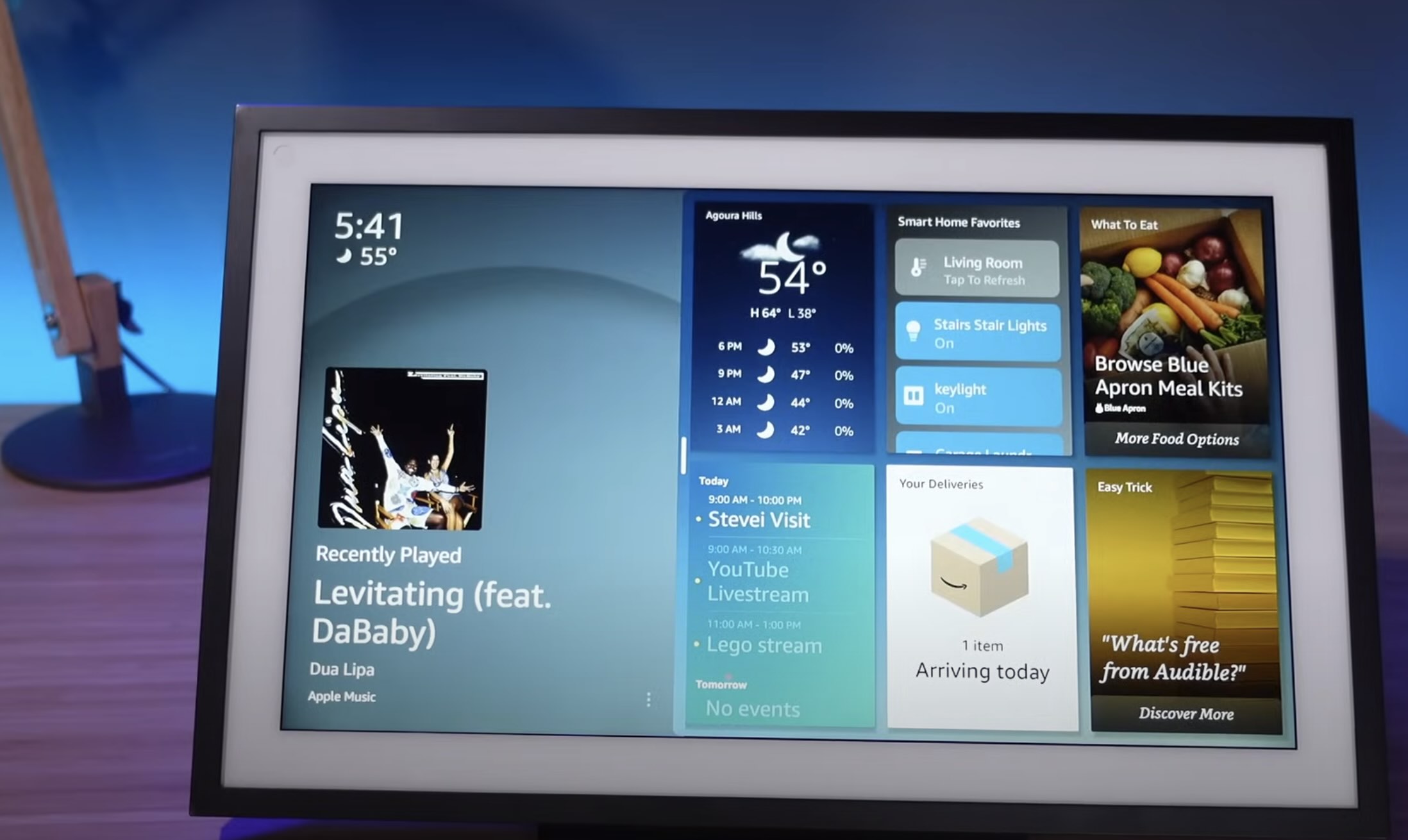


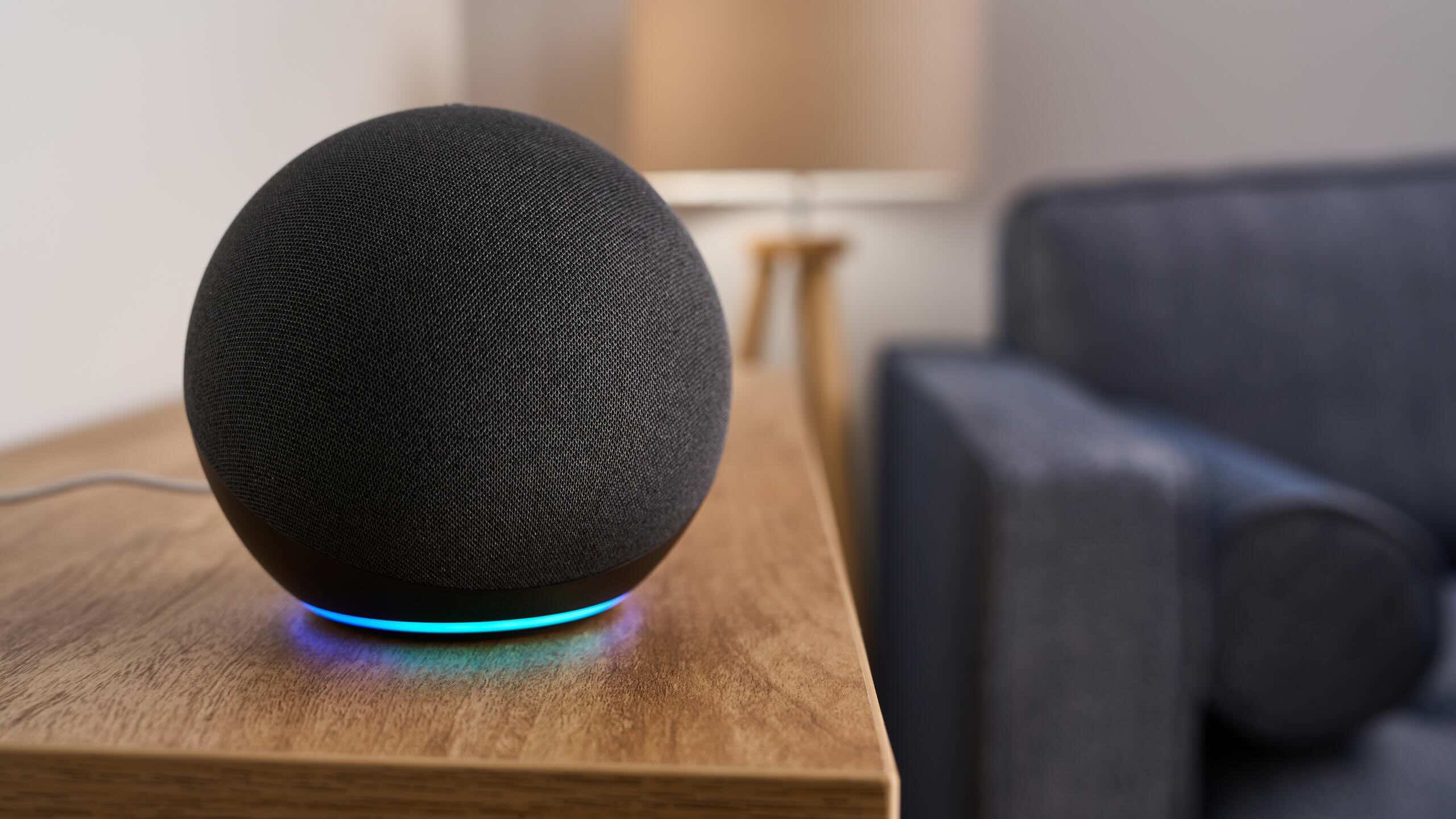


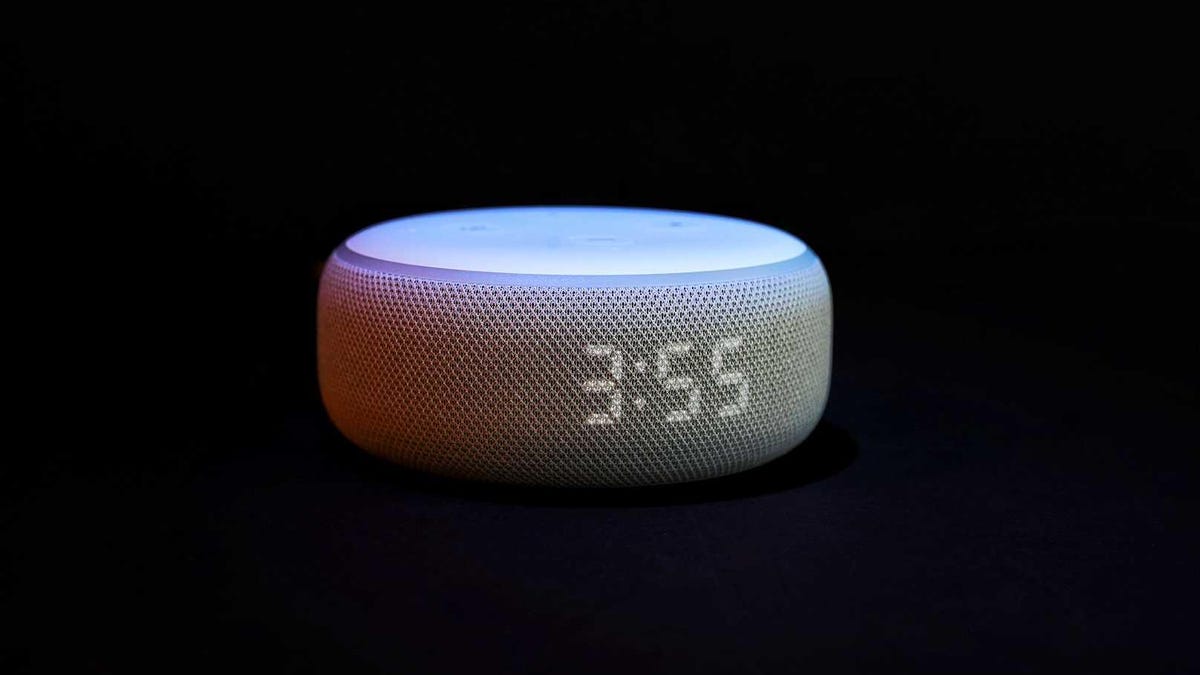


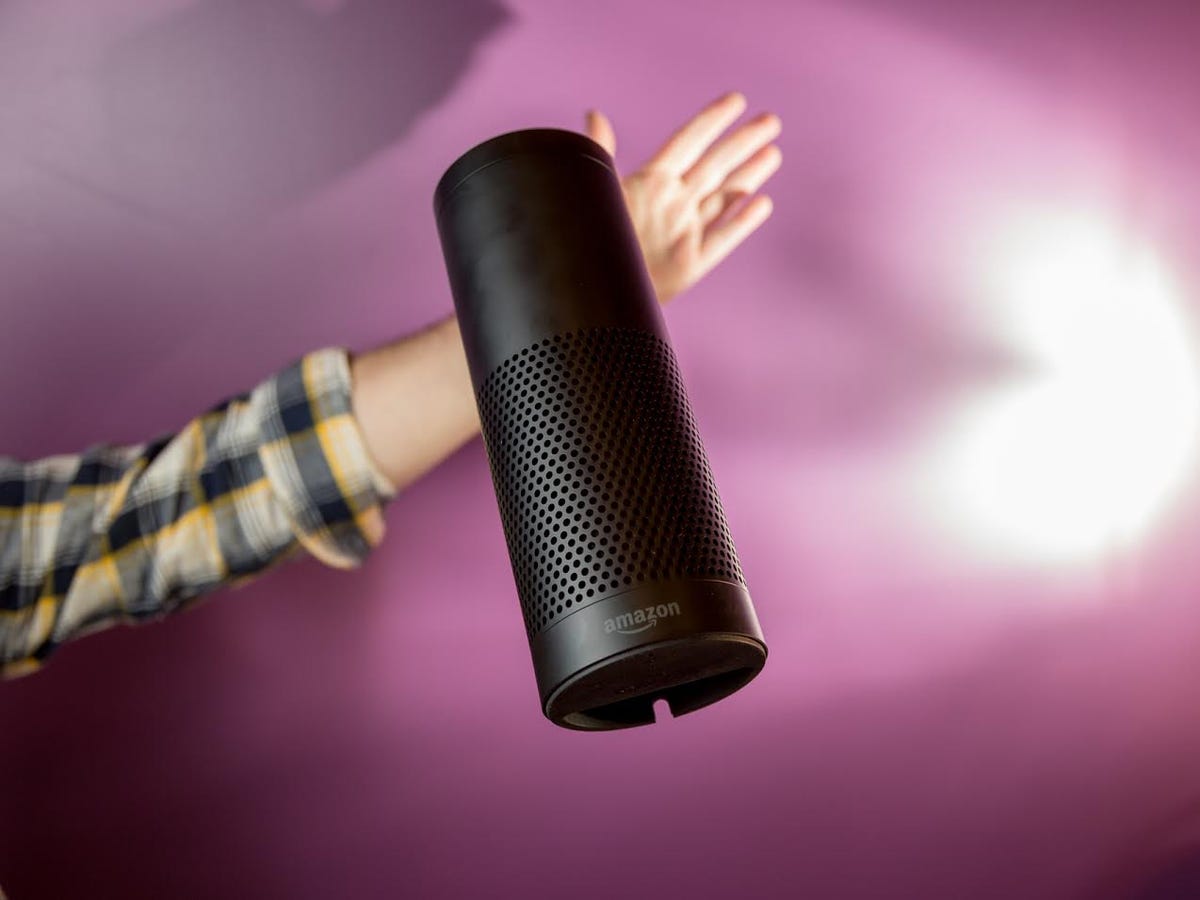
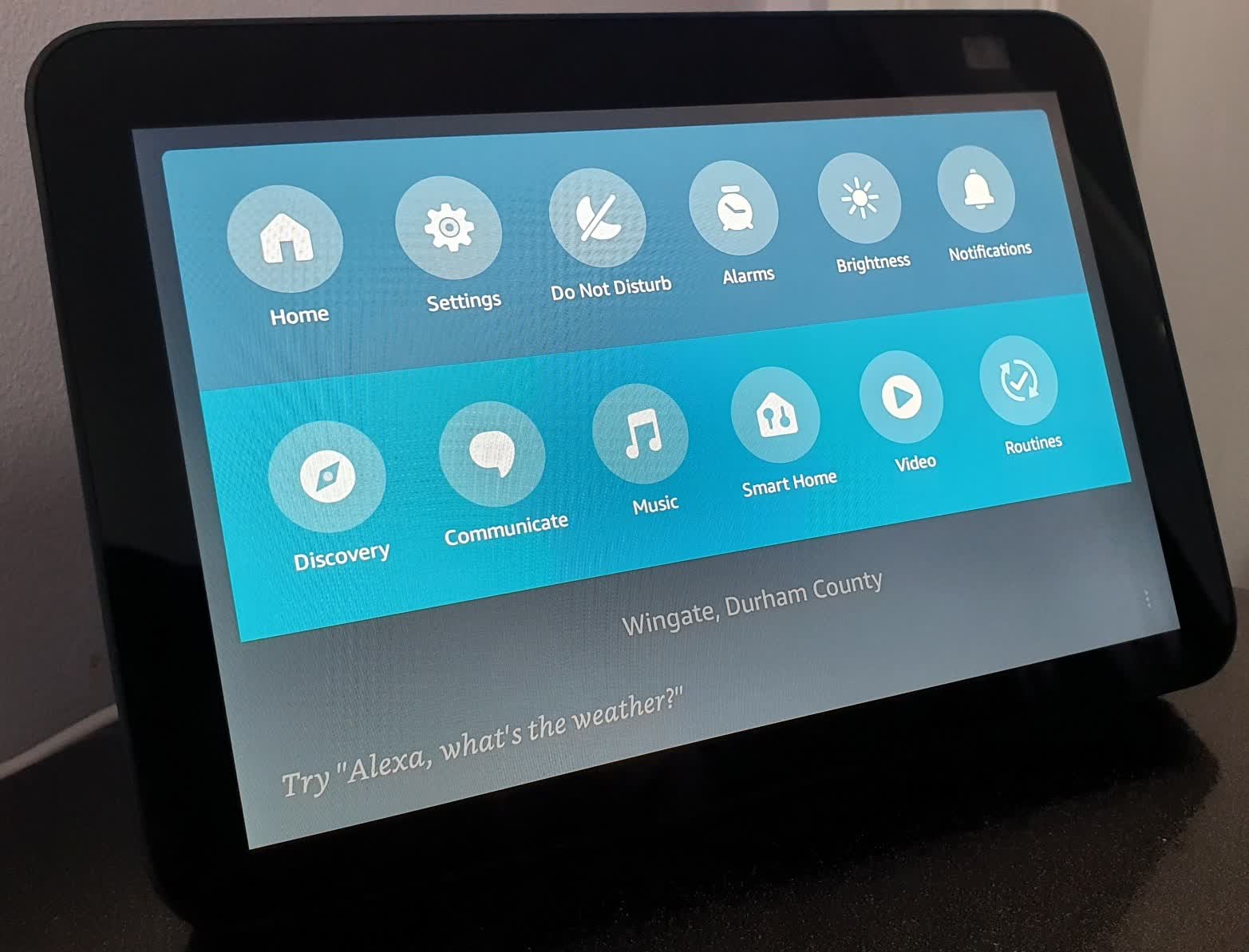
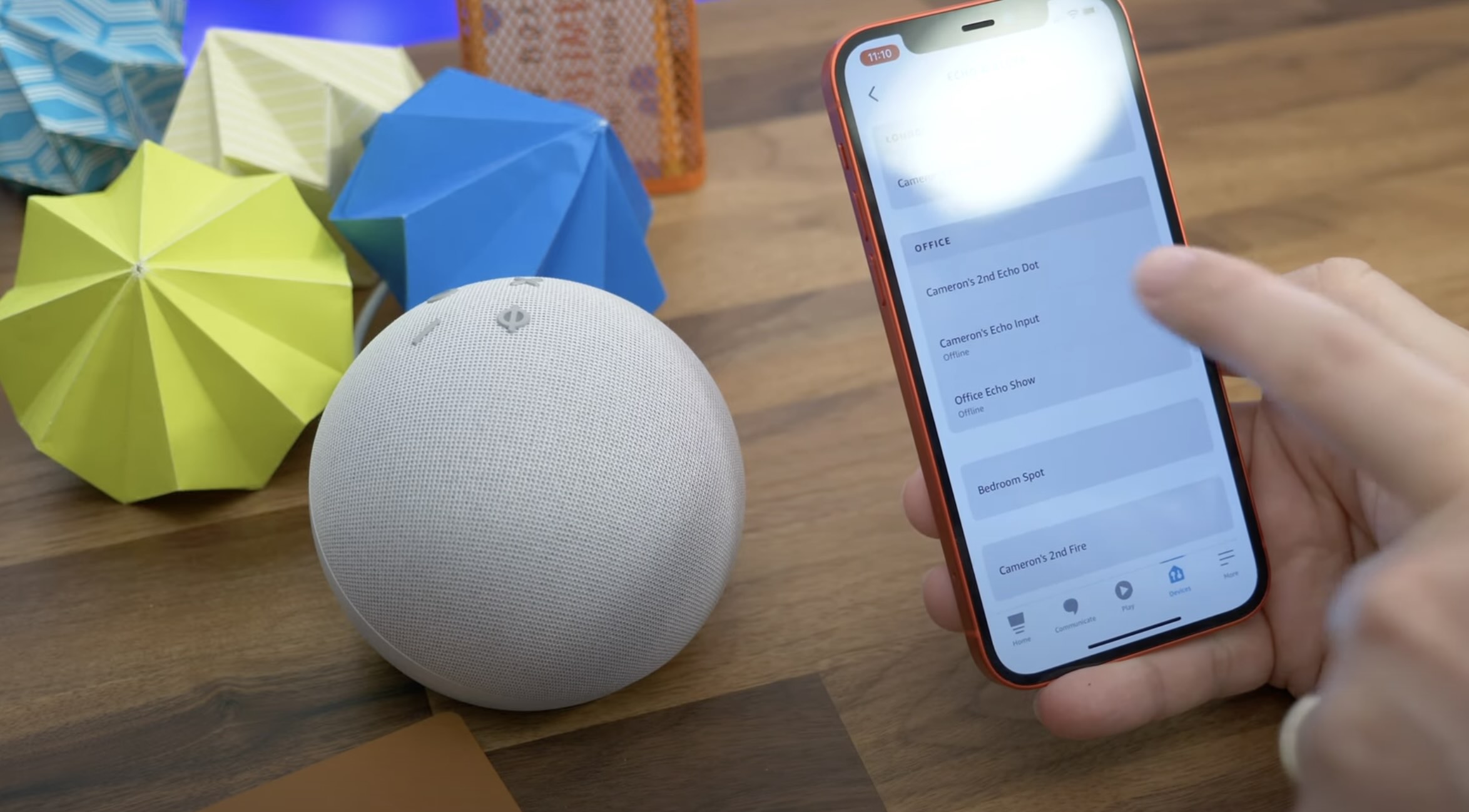


0 thoughts on “How To Make Alexa Recognize My Voice”